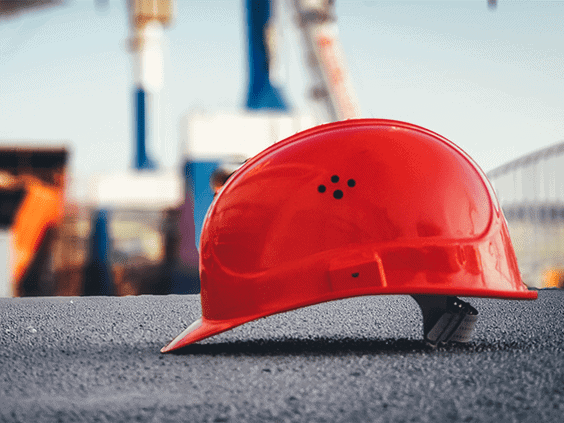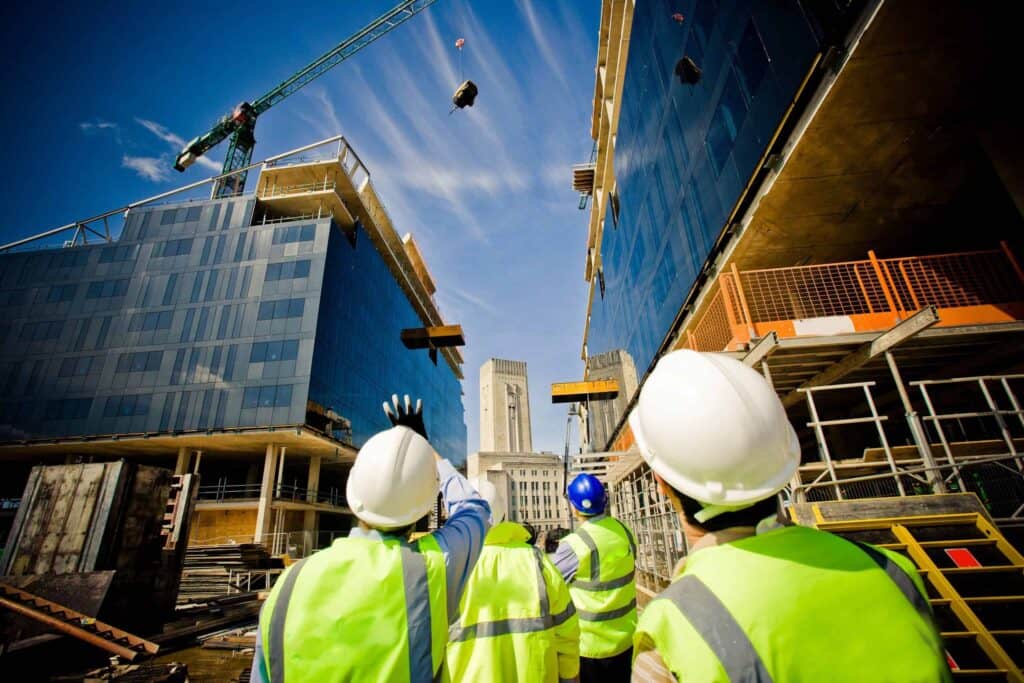Many factors have impacted the construction industry’s lag in implementing technology and automation over the years. These factors include variations in jobs, harsh working environments, varying raw materials, technology limitations/durability and the availability of skilled labor.
With increasing pressures to improve production, quality, scheduling and profit mount, doors leading to automation opened. One of those doors led to the development of automation in masonry work. Masonry work possesses several characteristics that make it an ideal candidate for automation:
- Highly repetitive movements– The majority of masonry work is highly repetitive, from moving material to laying brick.
- Physically exhaustive material handling– From mixing mortar to placing bricks, masonry work is physical work.
- Lack of skilled workers– The drought of skilled labor available following the last recession forced contractors to search for alternatives.
- High level of precision– Long spans of walls and decorative designs require defined and repeatable levels of precision.
Robotic brick laying machines are designed to work collaboratively with the masonry workforce, while eliminating many of the hazards and inefficiencies of the process. Masonry employees work with the robot to program the machines, set work parameters, load raw materials, finish mortar joints and perform quality control. The robots pick up bricks, apply mortar and set bricks in place, normally within 1/100th inch tolerance.
Robots increase the predictability, consistency and efficiency of the process. As technology advances, costs related to construction robotics continue to decrease. Additional field testing is improving the durability and sustainability of automated brick laying.
These robots may expose construction workers to unfamiliar hazards and exposures that could include:
- Machine guarding exposures similar to automated equipment used in manufacturing environments
- Point-of-operation guarding hazards
- Designated control zones around the self-directed moving parts and equipment
- Material handling during the loading of raw materials
- Equipment maintenance and malfunctions
- Lockout/tagout hazards
You most likely have not seen a robotic brick layer in action, but they will be coming to your jobsites in the near future. Be prepared to identify and discuss different types of potential construction hazards and controls the new technology may generate.



